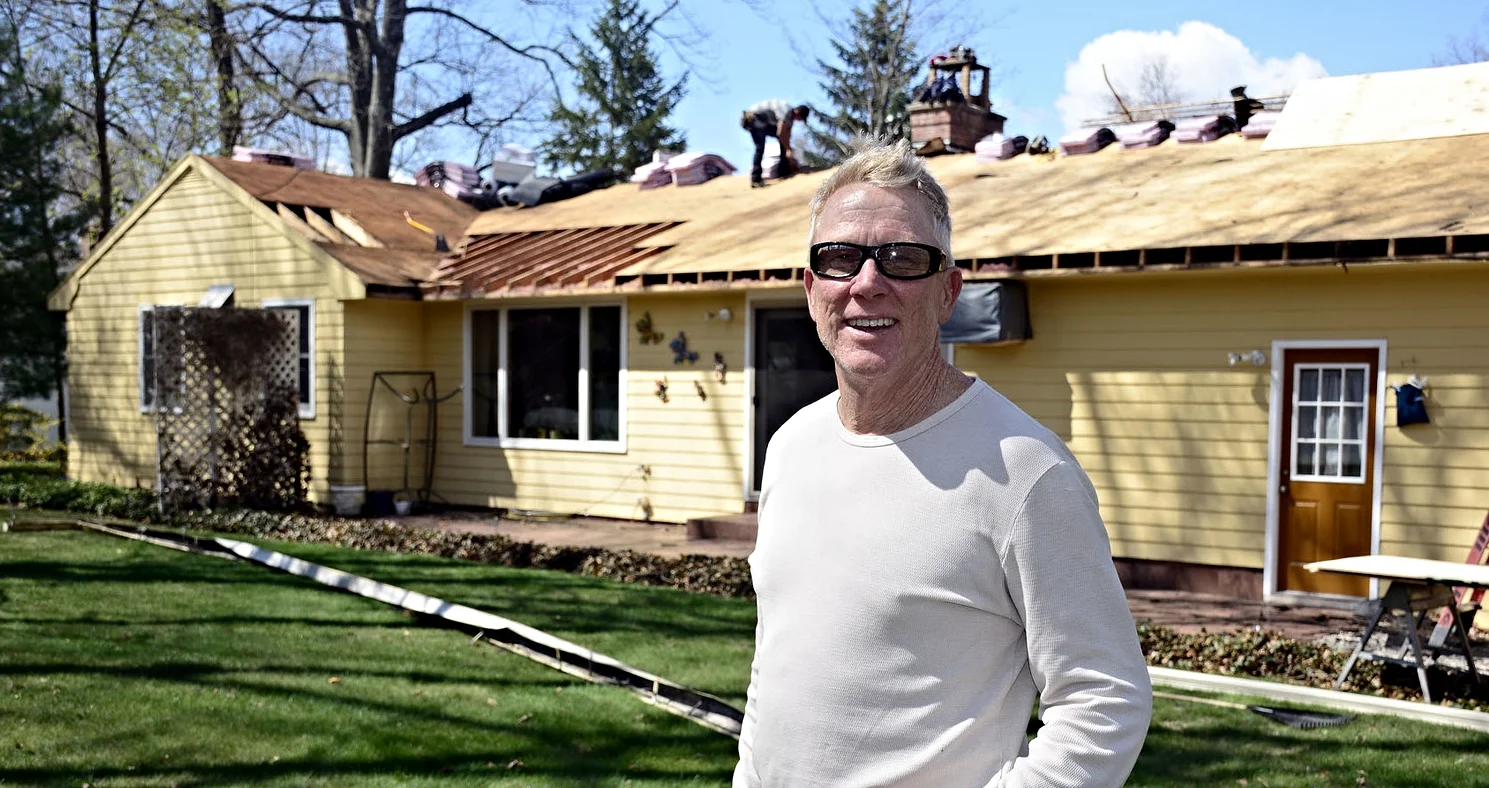10 End of Summer Jobs for a Fantastic Fall
Chelsea O'Donnell
Summer may be coming to a close, but with the first day of autumn still a few weeks away, there is plenty of time to get your home and yard in tip-top shape before the cooler weather sets in. With the countdown on, I’ve rounded up the most important jobs for you to tackle to get ready for the fall. Let’s get busy!
Clean windows and inspect for gaps.
If you have window A/C units, tack this job on as you’re removing them. Windows are a prime culprit for heat loss, so have a look at all the windows in your home to see if you have any gaps. Small cracks and crevices can be sealed with caulk, but you’ll want to fill larger gaps with insulation or expandable foam. If you have single pane aluminum windows and you’re freezing every winter, it might be time for an upgrade.
Clean and store outdoor furniture.
If furniture is left outdoors during the winter, it will likely crack, split or rust - depending on the material. Before you turn it in for the winter, be sure to clean it well to avoid rot or damage and check for signs of mold and mildew. A thorough wash with hot soapy water or household cleaner will do the trick.
Reseal your deck.
The summer sun can be brutal on your deck, but so is the onset of snow, sleet, and freezing rain that we can expect over the next several months. Protect your wood by removing any leaves, sticks and those pesky helicopters, and follow it up with a good power wash. When the wood is dry, apply a protective sealant to condition the deck and help it stand up to winter.
Inspect your doors and apply weather stripping.
Just like your windows, your doors are prime areas for air leaks. Inspect the areas around your doors and make sure they are air tight by repairing any old weather stripping or broken door sweeps. Heating a home all winter costs a lot of money so don’t make it more expensive than it should be. An energy efficient home is a happy home.
Patch that leaky roof.
If the summer rain uncovered a leak in your ceiling or attic, don’t wait to have it looked at. The unpredictable winter can be a disaster for a roof that’s already damaged, so don’t hold out until it’s too late. Often times a small repair can stop the problem in its tracks.
Clean your gutters and check for clogs.
I went into detail about this one last week but it’s worth another mention. We’re in for a stellar leaf peeping season, but for us homeowners that also means a lot of headaches in the clean-up department. Make sure your gutters and downspouts are prepared for the seasonal shed and flush everything through to ensure the water flow-through is up to par.
Get adequate insulation.
If you’re dreading another teeth-chattering winter, it’s time to add some insulation to your home. Over 75 percent of houses that I visit in our area don’t have enough insulation and because of it, I get too many calls from frozen homeowners wondering what they can do. Insulation is inexpensive to install, can be done in less than a day and adds more to the resale value of your home than any other project. This one is a no brainer.
Scrub out your garbage cans.
As the cold sets in, our furry friends get more desperate for food and will start visiting your trash looking for a free meal. Their sense of smell is uncanny so make sure your bins are cleaned out and future garbage is bagged properly. You don’t want rodents making their homes too close to yours.
Replace your air filters.
If your A/C has been cranking all summer, it’s a great time to clean and/or replace your air filtration systems. While you’re at it, have a look at all your vents including the dryer and remove any built-up debris. The harder those appliances have to work, the more they are going to cost you.
Inspect the hot water heater.
Don’t wait until it’s too late. Check your water heater for any decay or sediment build-up and be on the lookout for leaks or faulty pipes. If you have an inkling that the unit might be on the fritz, call in a pro for a routine inspection. It’s better to be safe than sorry come winter.
Bob O’Donnell is the owner of O’Donnell Bros. Inc., a Bristol-based home improvement company established in 1975. Email your questions to info@odonnellbros.com with the subject line “Ask the Pro.” All questions may be considered for publication. To contact Bob for your remodeling needs, call O’Donnell Bros. Inc. at (860) 589-5155 or visit http://www.odonnellbros.com. Advice is for guidance only.
